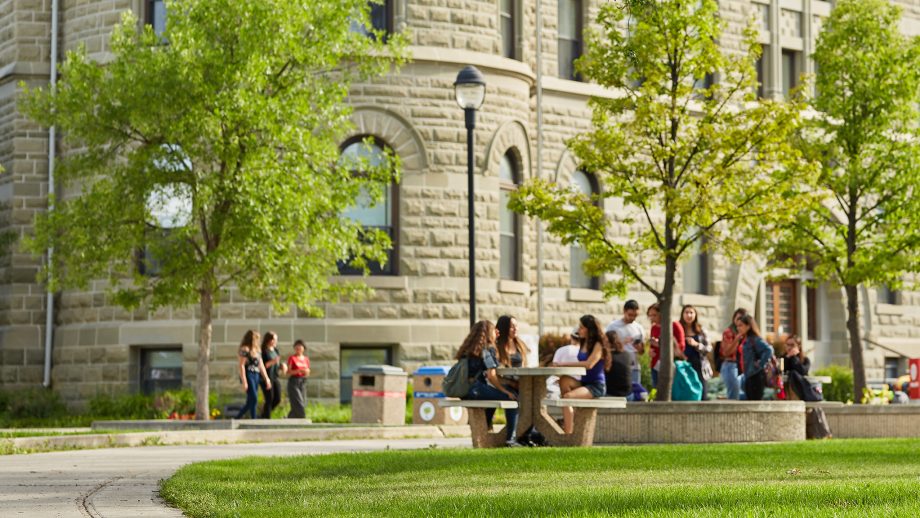A University of Winnipeg research team has recently completed a series of maps on the changing locations of Aboriginal people in prairie cities which is available online at: urbanaboriginal.uwinnipeg.ca
The maps are useful for answering a variety of urban studies questions, for example did you know that in 1901, only 5.1 percent of Aboriginal people lived in urban areas? By 2006, slightly more than half of Canada’s Aboriginal people lived in urban areas. How do Aboriginal settlement patterns vary between cities, how have they changed over time, and are First Nations and Metis settlement patterns similar or different?
UWinnipeg’s Dr. Evelyn Peters, Canada Research Chair in Inner-City Issues, Community Learning and Engagement, spearheaded the project. “These maps can assist researchers interested in housing conditions or income levels in areas with Aboriginal concentrations,” said Peters. “The information is useful for lectures and student research, and the maps could also be used in funding applications for Aboriginal service providers.”
The Atlas Of Urban Aboriginal People aggregates 30 years of census data and presents it in a way that researchers can explore urban Aboriginal population change over time for five prairie cities (Winnipeg, Regina, Saskatoon, Edmonton and Calgary). Three UWinnipeg students (Adrian Werner, Nicola Schaefer, and Jillian Swan) worked for more than a year to ensure the data were accurate and presented in a way that’s easy to use. The website was also designed by Werner.




